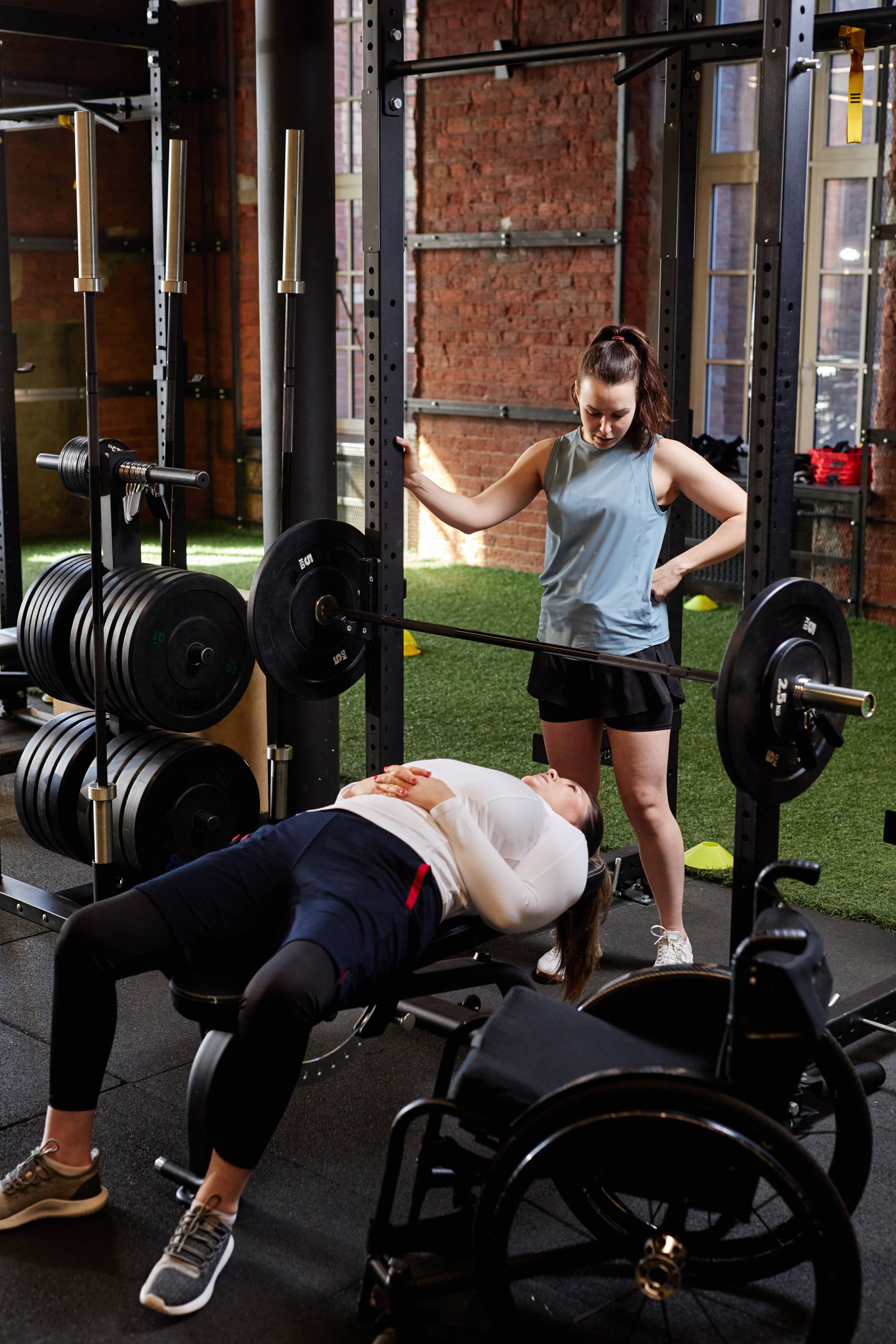
When it comes to weightlifting, the focus often lies on the main sets, the heavy lifts, and the personal records. However, an often overlooked yet crucial component of any effective weightlifting routine is the warm-up set. Warm-up sets are not just a preliminary step to get out of the way; they are an integral part of the workout that can significantly impact performance and safety. In this blog post, we will explore why warm-up sets are essential, how they benefit your weightlifting routine, and how to incorporate them effectively.
The Importance of Warm-up Sets
1. Preparing the Body Physically
Warm-up sets are designed to prepare your muscles, joints, and nervous system for the intense activity that follows. When you perform a warm-up set, you gradually increase your heart rate and blood flow to the muscles, which helps to raise the muscle temperature. This increase in temperature enhances muscle elasticity, reducing the risk of strains and injuries. Additionally, warm-up sets help to lubricate the joints, making them more flexible and less prone to injury during heavy lifts.
2. Enhancing Performance
A well-structured warm-up can lead to improved performance during your main sets. By gradually increasing the weight and intensity, warm-up sets help to activate the central nervous system, which is crucial for optimal muscle recruitment and coordination. This activation allows you to lift heavier weights with better form and control. Studies have shown that athletes who perform proper warm-ups can experience increased strength and power output, leading to better overall performance.
3. Mental Preparation
Weightlifting is not just a physical activity; it also requires mental focus and concentration. Warm-up sets provide an opportunity to mentally prepare for the workout ahead. They allow you to practice your lifting technique, visualize your lifts, and build confidence. This mental preparation can help reduce anxiety and improve focus, leading to a more successful and enjoyable workout.
How to Incorporate Warm-up Sets
1. Start with General Warm-up
Before diving into your specific warm-up sets, it’s essential to start with a general warm-up to get your body moving and increase your heart rate. This can include light cardio exercises such as jogging, jumping jacks, or cycling for 5-10 minutes. The goal is to break a light sweat and get your blood flowing.
2. Specific Warm-up Sets
Once your body is warmed up, it’s time to focus on specific warm-up sets for the exercises you plan to perform. Here’s a step-by-step guide on how to incorporate warm-up sets effectively:
– Begin with Light Weights: Start with a set using a very light weight, focusing on perfecting your form and technique. This set should be easy and serve as a rehearsal for the main lifts.
– Gradually Increase the Weight: Perform 2-3 additional warm-up sets, gradually increasing the weight with each set. The number of reps can decrease as the weight increases. For example, you might start with 10-12 reps at a light weight, then 8-10 reps at a moderate weight, and finally 4-6 reps at a heavier weight.
– Listen to Your Body: Pay attention to how your body feels during the warm-up sets. If you feel any discomfort or pain, adjust the weight or take additional time to warm up.
3. Tailor to Your Workout
The number and intensity of warm-up sets can vary depending on the workout and the individual. For compound lifts like squats, deadlifts, and bench presses, more warm-up sets may be necessary due to the complexity and demand of these exercises. For isolation exercises, fewer warm-up sets may be sufficient.
Common Mistakes to Avoid
1. Skipping Warm-up Sets
One of the most common mistakes is skipping warm-up sets altogether. This can lead to poor performance and increase the risk of injury. Always prioritize warm-up sets as part of your routine.
2. Rushing Through Warm-ups
Another mistake is rushing through warm-up sets without proper focus and attention. Take your time to perform each set with good form and control. Remember, the goal is to prepare your body and mind for the workout ahead.
3. Using Too Much Weight
Using too much weight during warm-up sets can lead to fatigue before the main sets. Keep the weights light to moderate, focusing on technique and muscle activation.
Conclusion
Warm-up sets are a vital component of any weightlifting routine. They prepare your body physically, enhance performance, and provide mental readiness for the workout ahead. By incorporating effective warm-up sets into your routine, you can lift heavier, reduce the risk of injury, and achieve better results. Remember, the key to successful weightlifting is not just about lifting heavy but also about lifting smart. So, next time you hit the gym, make sure to give your warm-up sets the attention they deserve. Your body will thank you for it.
